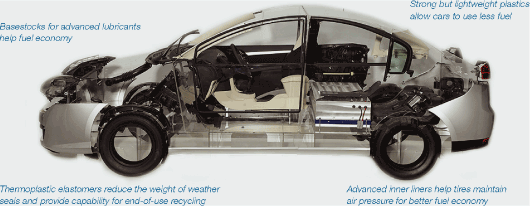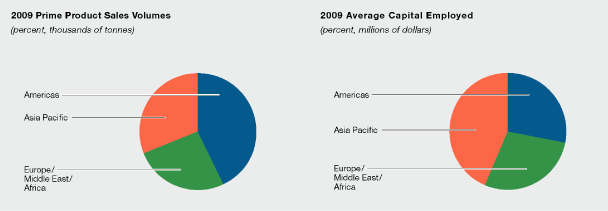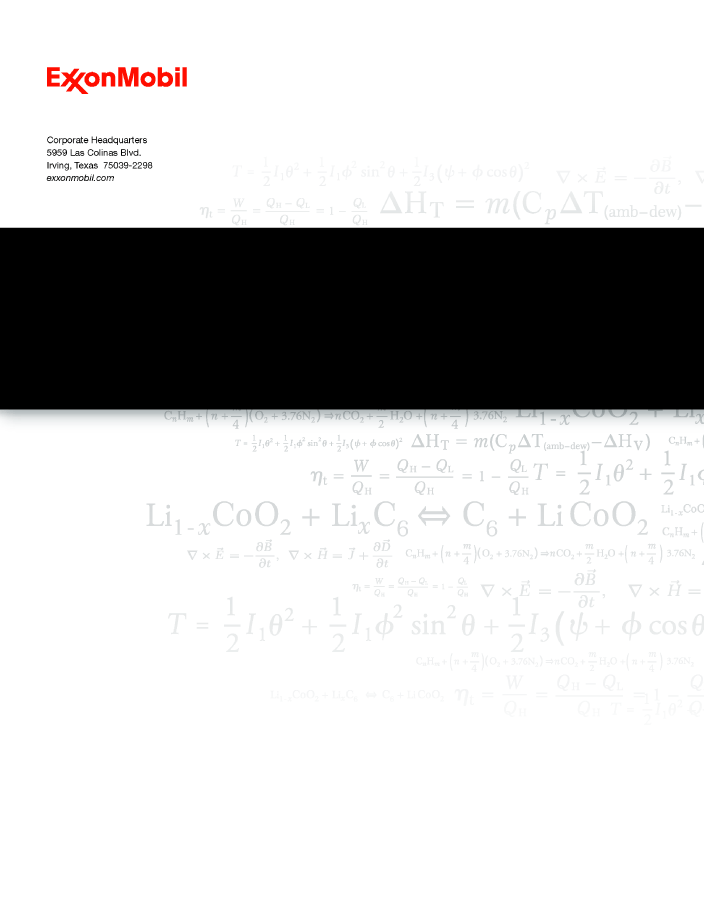102 EXXON MOBIL CORPORATION• 2009 FINANCIAL & OPERATING REVIEW
ENTITLEMENT VOLUME EFFECTS
Production Sharing Contract Net Interest Reductions• Production Sharing Contract (PSC) net interest reductions are contractual reductions in ExxonMobil’s share of production volumes covered by PSCs. These reductions typically occur when cumulative investment returns or production volumes achieve thresholds as specified in the PSCs. Once a net interest reduction has occurred, it typically will not be reversed by subsequent events, such as lower crude oil prices.
Price and Spend Impacts on Volumes• Price and spend impacts on volumes are fluctuations in ExxonMobil’s share of production volumes caused by changes in oil and gas prices or spending levels from one period to another. For example, at higher prices fewer barrels are required for ExxonMobil to recover its costs. According to the terms of contractual arrangements or government royalty regimes, price or spending variability can increase or decrease royalty burdens and/or volumes attributable to ExxonMobil. These effects generally vary from period to period with field spending patterns or market prices for crude oil or natural gas.
FINDING AND RESOURCE-ACQUISITION COSTS
Finding and resource-acquisition costs per oil-equivalent barrel is a performance measure that is calculated using the Exploration portion of Upstream capital and exploration expenditures and proved property acquisition costs divided by resource additions (in oil-equivalent barrels). ExxonMobil refers to new discoveries and acquisitions of discovered resources as resource additions. In addition to proved reserves, resource additions include quantities of oil and gas that are not yet classified as proved reserves, but which ExxonMobil believes will likely be moved into the proved reserves category and produced in the future.
| | | | | | | | | | | | | | | | | | | | | |
| | | 2009 | | | 2008 | | | 2007 | | | 2006 | | | 2005 | |
| | | | | | | | | | | | | | | | | | | | | |
Exploration portion of Upstream capital and exploration expenditures(millions of dollars) | | | 3,718 | | | | 2,871 | | | | 1,909 | | | | 2,044 | | | | 1,693 | |
Proved property acquisition costs(millions of dollars) | | | 676 | | | | 61 | | | | 37 | | | | 234 | | | | 174 | |
Total exploration and proved property acquisition costs(millions of dollars) | | | 4,394 | | | | 2,932 | | | | 1,946 | | | | 2,278 | | | | 1,867 | |
Resource additions(millions of oil-equivalent barrels) | | | 2,860 | | | | 2,230 | | | | 2,010 | | | | 4,270 | | | | 4,365 | |
Finding and resource-acquisition costs per oil-equivalent barrel(dollars) | | | 1.54 | | | | 1.32 | | | | 0.97 | | | | 0.53 | | | | 0.43 | |
PROVED RESERVES
Proved reserves of oil and gas in this report are determined on the basis that ExxonMobil uses to manage its business. On this basis, “proved reserves” means quantities of oil and gas that ExxonMobil has determined to be reasonably certain of recovery under existing economic and operating conditions under our long-standing, rigorous management review process. We only book proved reserves when we have made significant funding commitments for the related projects. ExxonMobil’s reserves are different from proved reserves as defined by U.S. Securities and Exchange Commission (SEC) rules and included in our Annual Report on Form 10-K and Proxy Statement.
A principal difference between the ExxonMobil and SEC definitions is the price assumption used. Proved reserves in this report are based on the same price and cost assumptions we use to make investment decisions. Proved reserves as defined by the SEC are based on historical market prices: beginning in 2009, the average of the market prices on the first day of each calendar month during the year; for prior years, the market price on December 31. References to “price/cost effects” mean the effect of using SEC historical prices and costs.
For years prior to 2009, another key difference was the treatment of oil sands reserves extracted in mining operations, as well as reserves attributable to equity companies. In this report, oil sands reserves and our share of equity company reserves are included in ExxonMobil’s proved reserves for all periods. Under SEC definitions applicable to the prior years, these volumes were separately reported.
The table below shows year-end proved reserves on these different bases:
| | | | | | | | | | | | | | | | | | | | | |
| (billions of oil-equivalent barrels) | | 2009 | | | 2008 | | | 2007 | | | 2006 | | | 2005 | |
| | | | | | | | | | | | | | | | | | | | | |
Basis | | | | | | | | | | | | | | | | | | | | |
| ExxonMobil | | | 23.3 | | | | 22.8 | | | | 22.7 | | | | 22.7 | | | | 22.4 | |
| SEC | | | 23.0 | | | | 23.0 | | | | 22.5 | | | | 22.8 | | | | 22.4 | |
RESOURCES, RESOURCE BASE, AND RECOVERABLE RESOURCES
Resources, resource base, recoverable resources, recoverable oil, recoverable hydrocarbons, and similar terms used in this report are the total remaining estimated quantities of oil and gas that are expected to be ultimately recoverable. The resource base includes quantities of oil and gas that are not yet classified as proved reserves, but which ExxonMobil believes will likely be moved into the proved reserves category and produced in the future. The term “resource base” is not intended to correspond to SEC definitions such as “probable” or “possible” reserves.
PROVED RESERVES REPLACEMENT RATIO
Proved reserves replacement ratio is a performance measure that is calculated using proved oil-equivalent reserves additions divided by oil-equivalent production. Both proved reserves additions and production include amounts applicable to equity companies. Unless otherwise specified, ExxonMobil reports this ratio on the basis of the company’s definition of proved reserves. See “Proved Reserves” above.
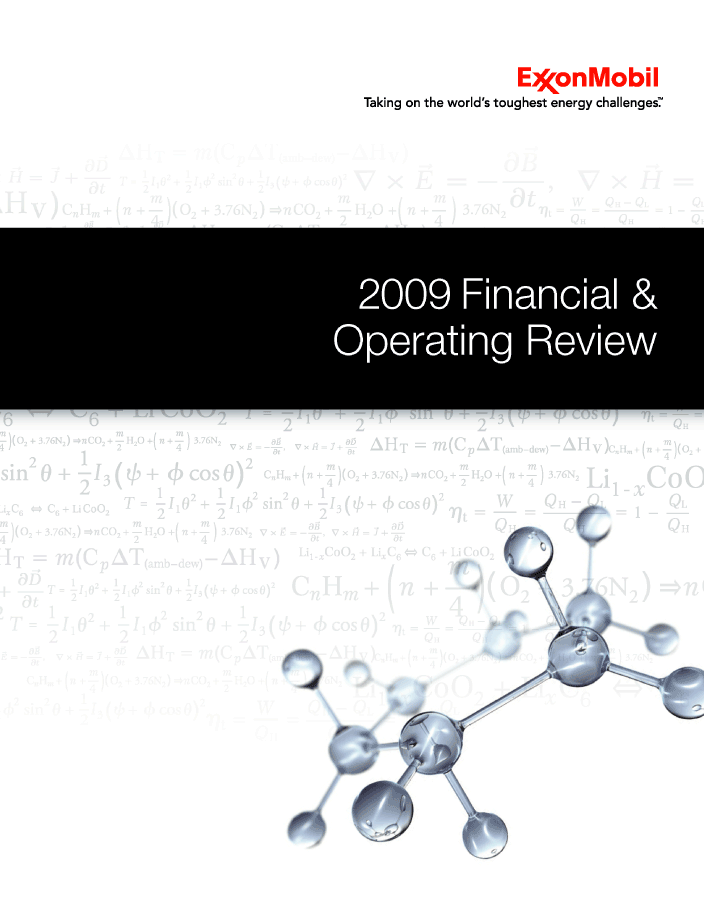





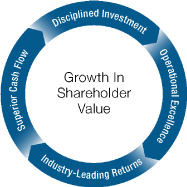

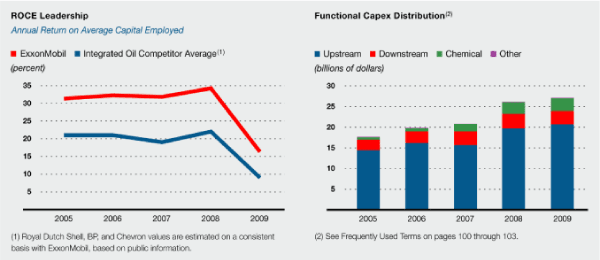
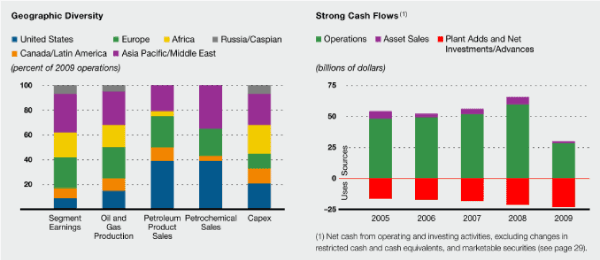
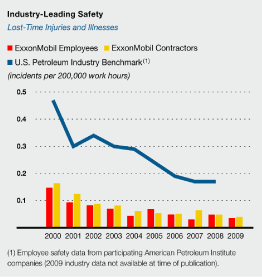
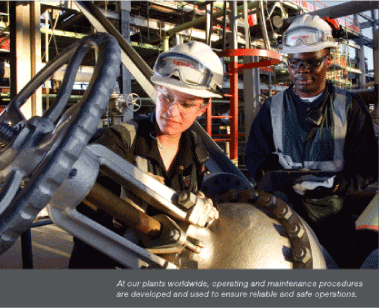
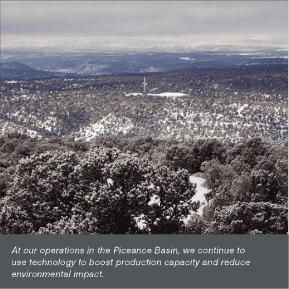




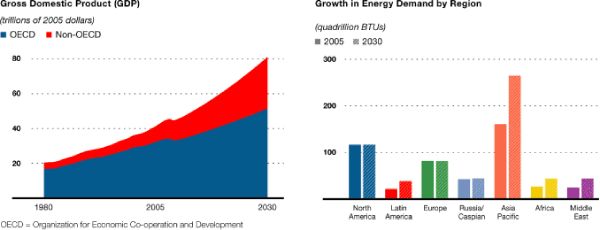
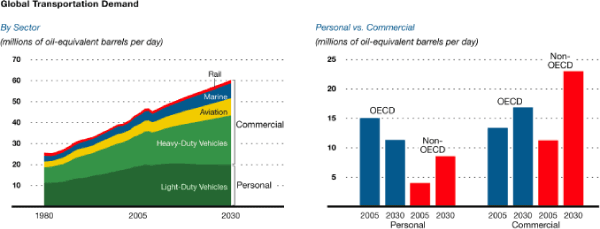
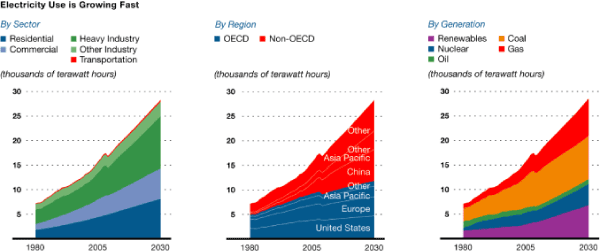

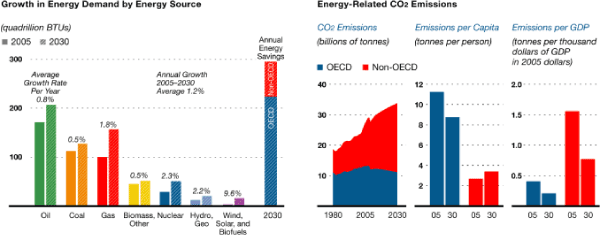
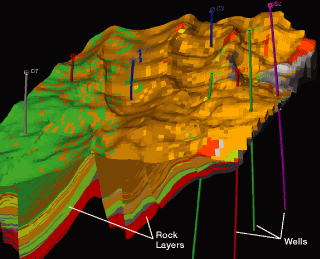
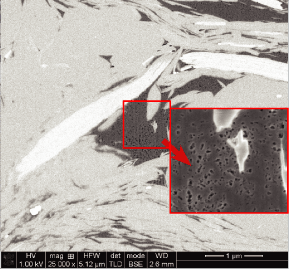
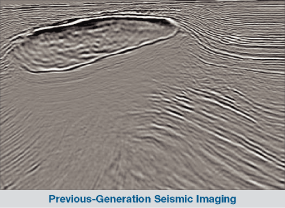




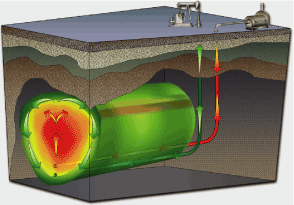

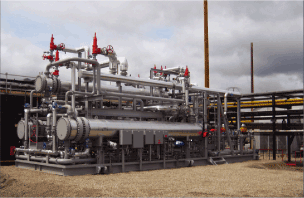

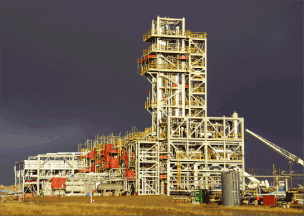
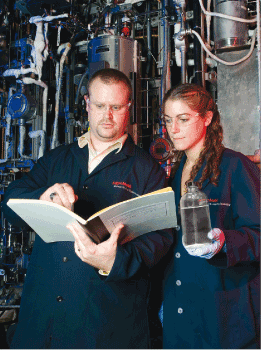
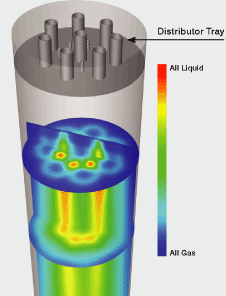

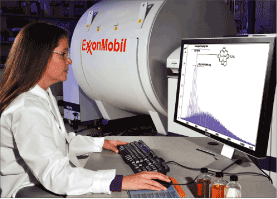
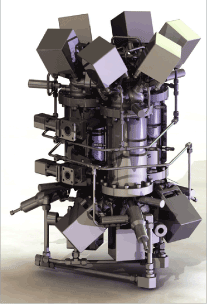


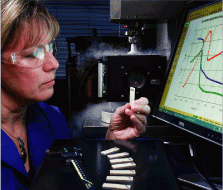
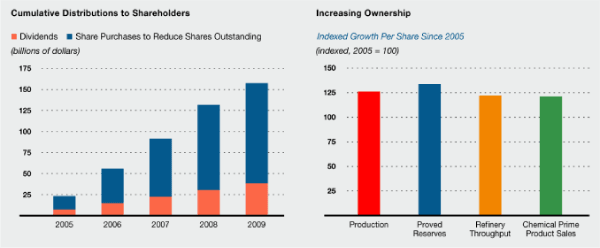
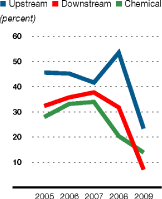
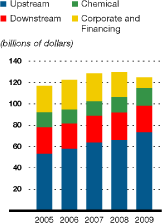
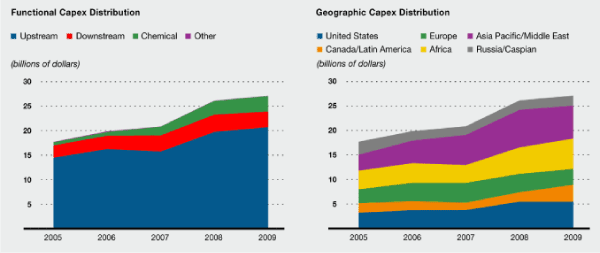


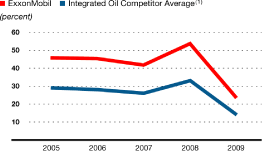

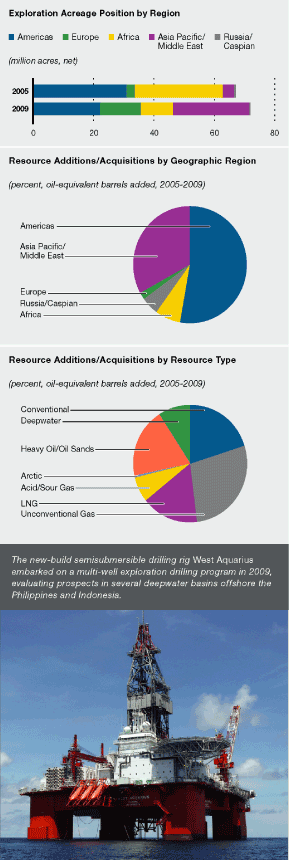
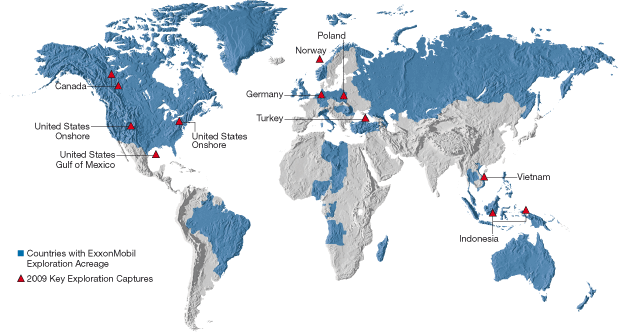
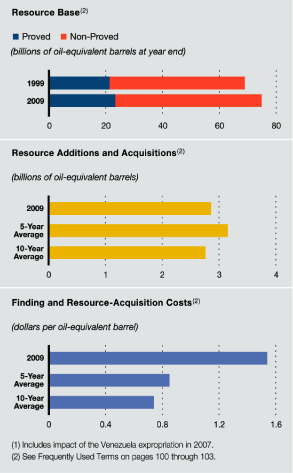
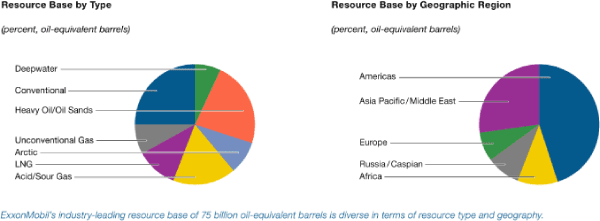
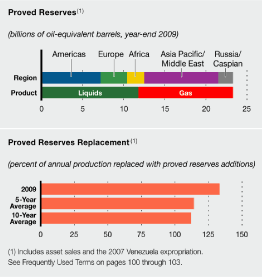
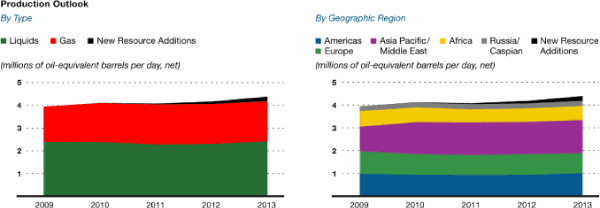
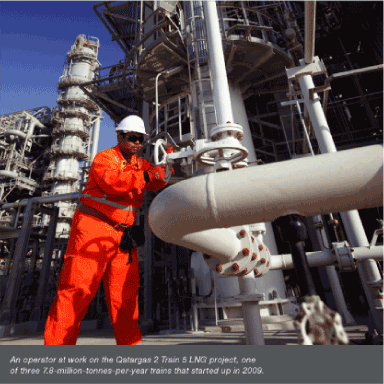
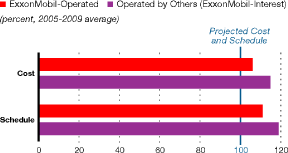
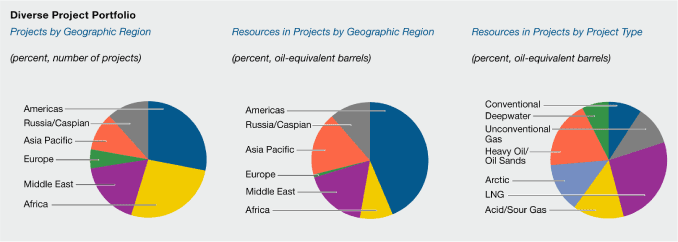
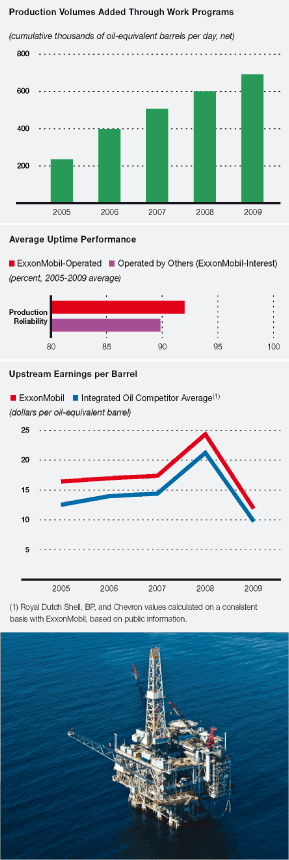
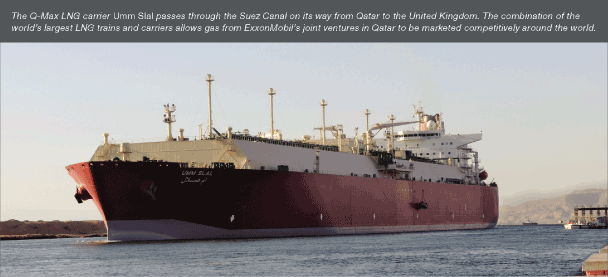

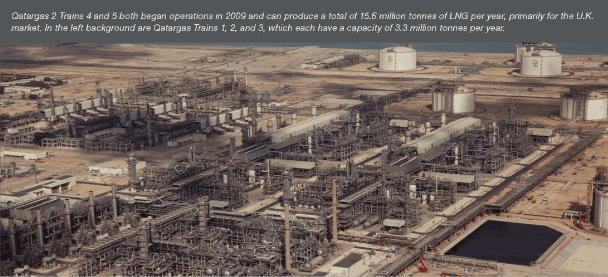
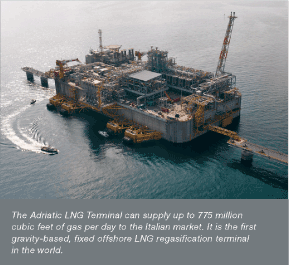
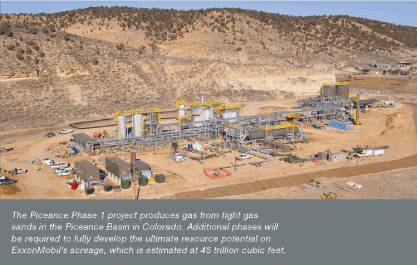
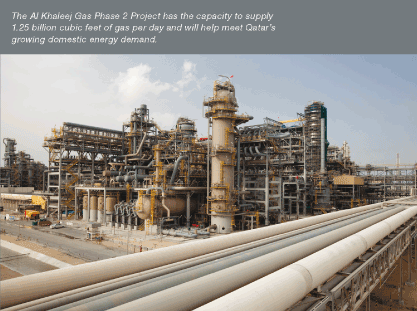
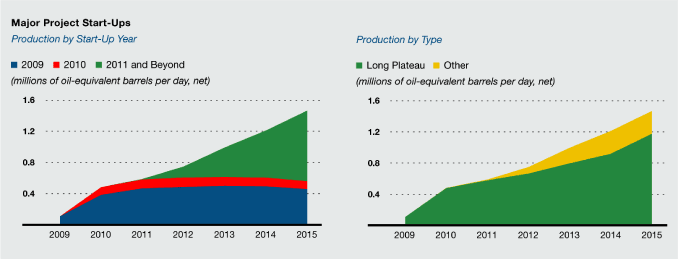

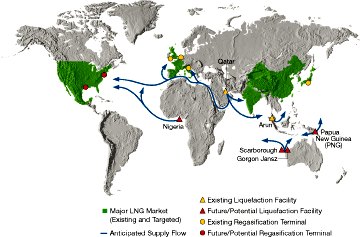
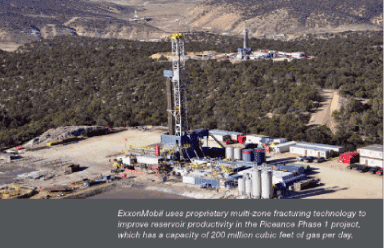
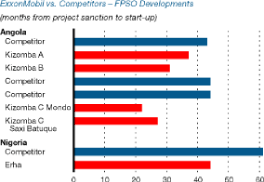
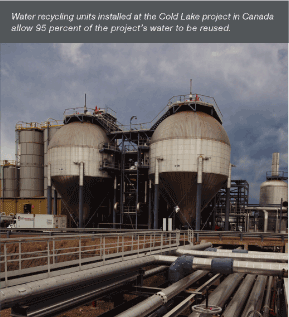

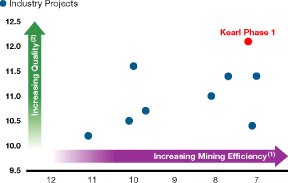
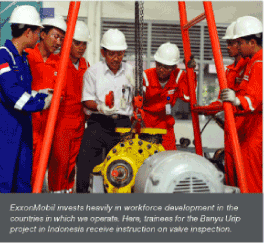

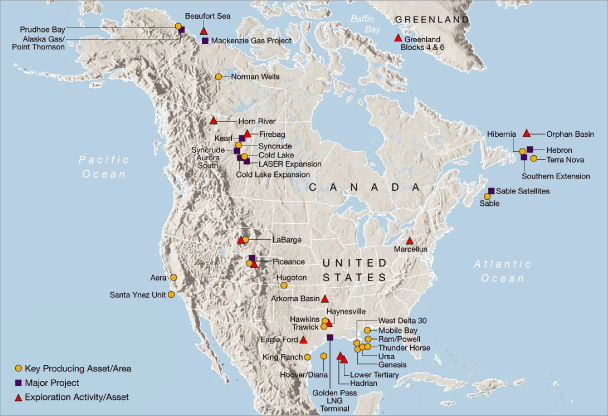
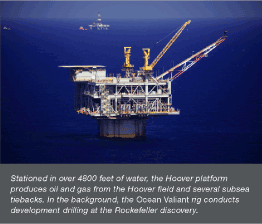
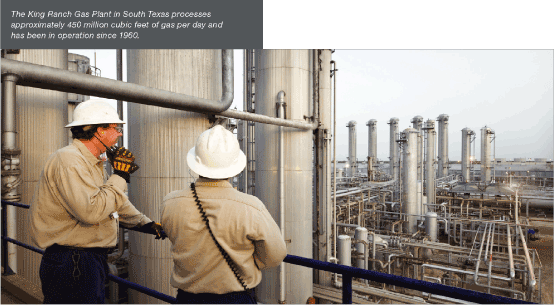
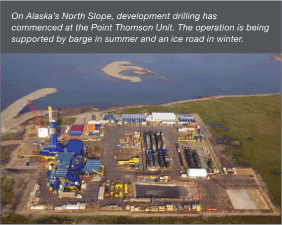
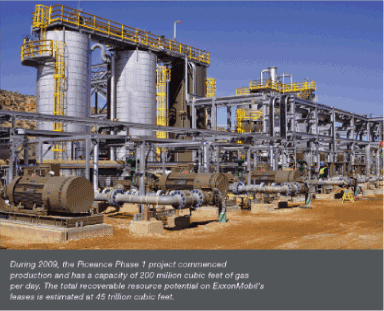
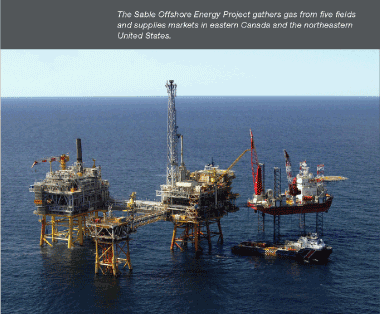
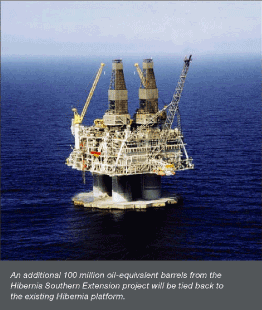
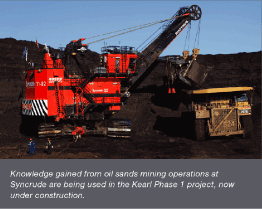
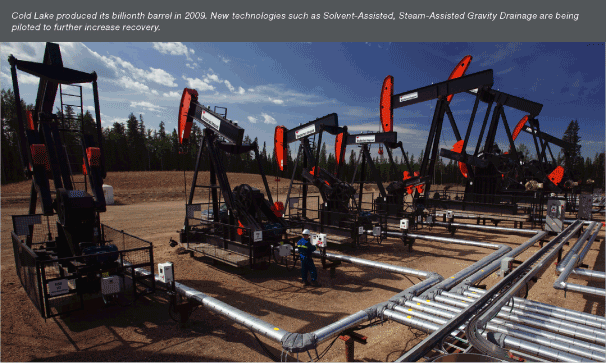
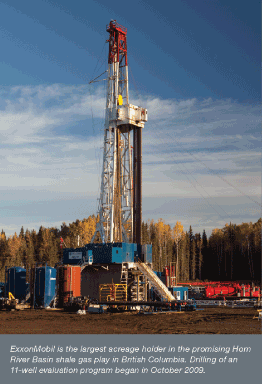
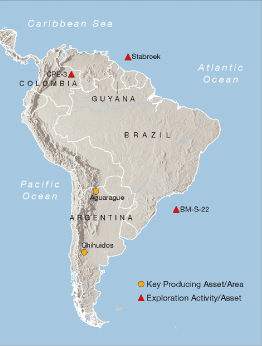

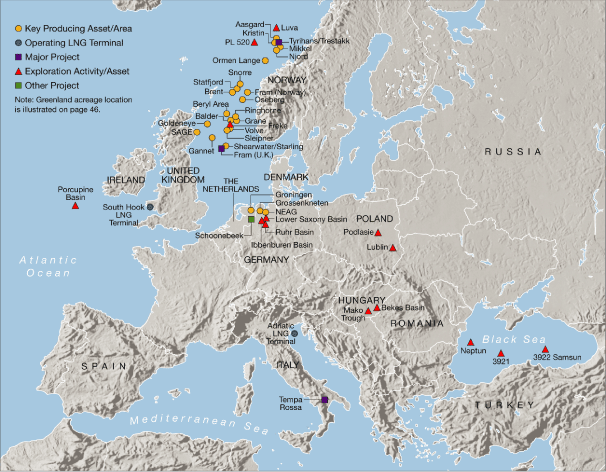


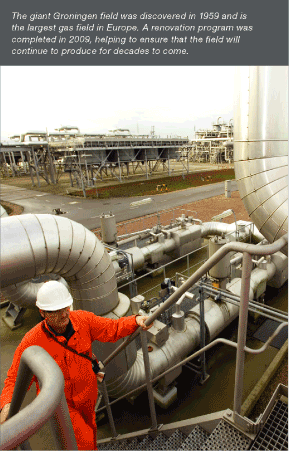
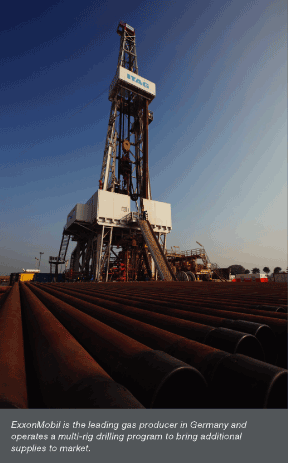

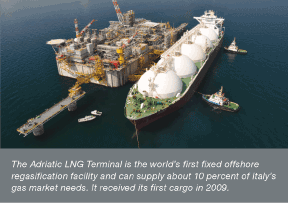

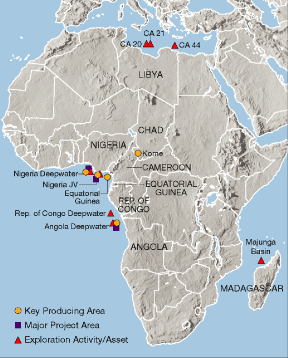
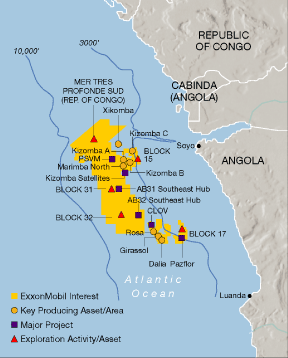
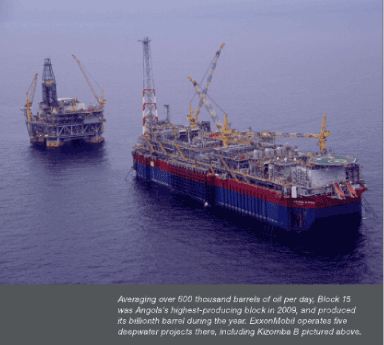

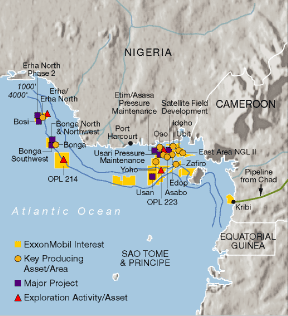
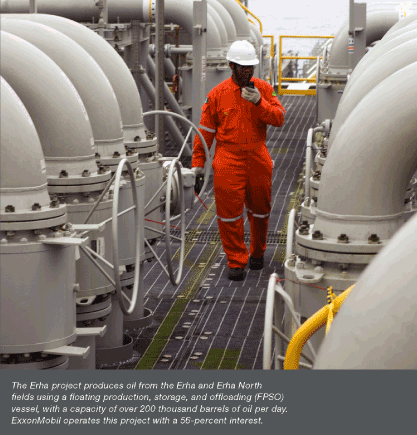
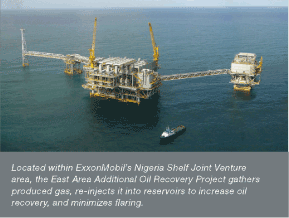
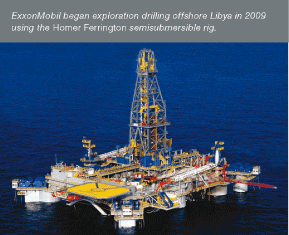

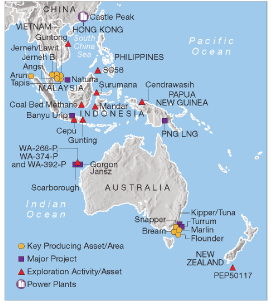
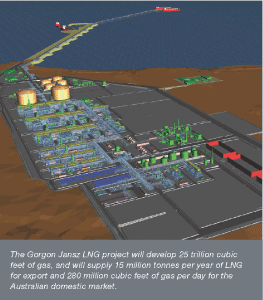
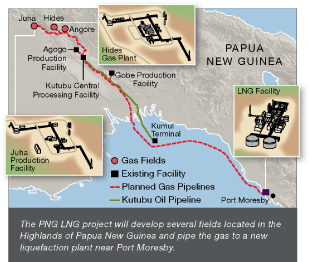
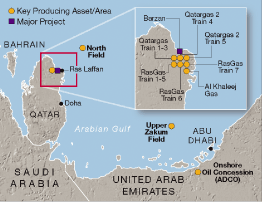
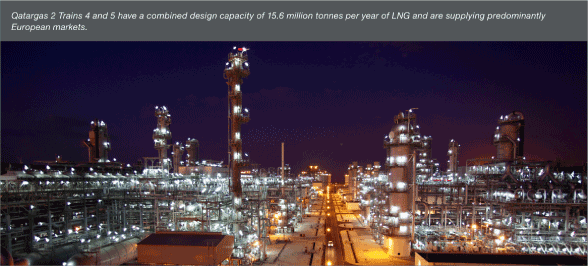
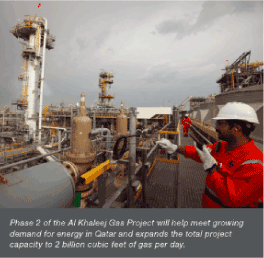

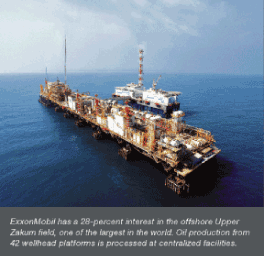
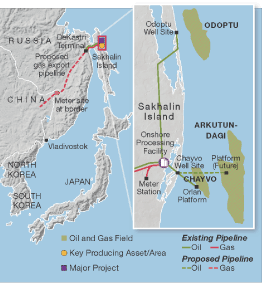


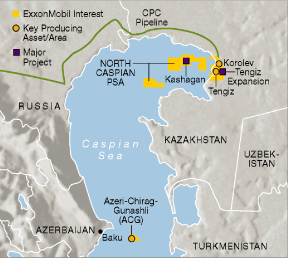
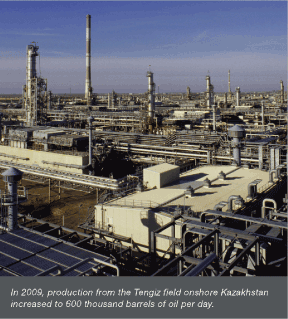
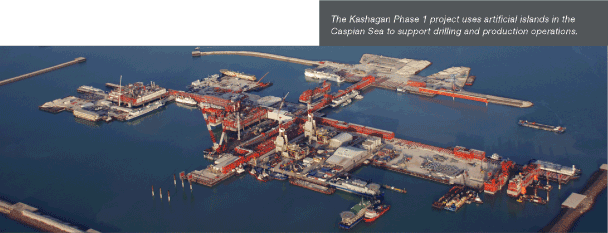
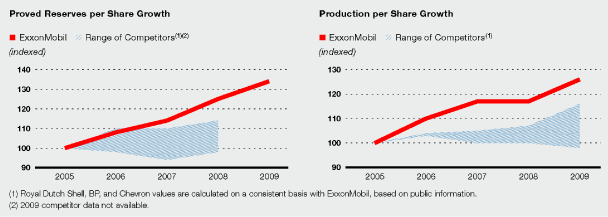


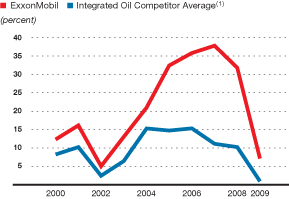

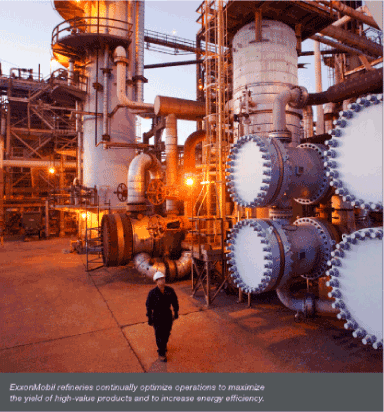
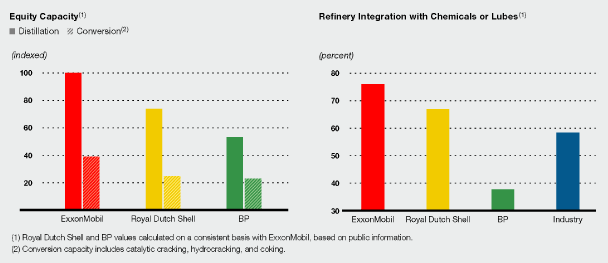


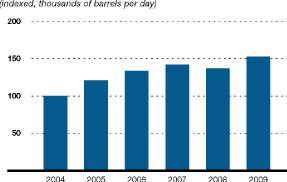
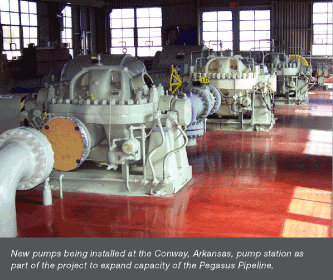
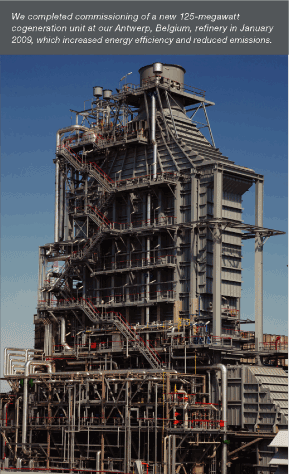
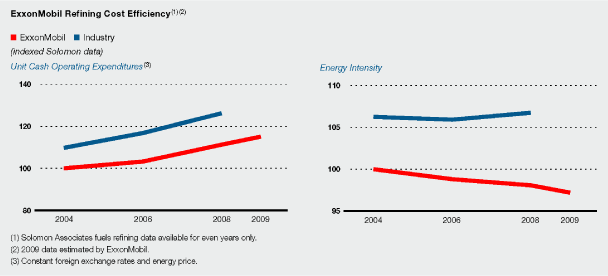
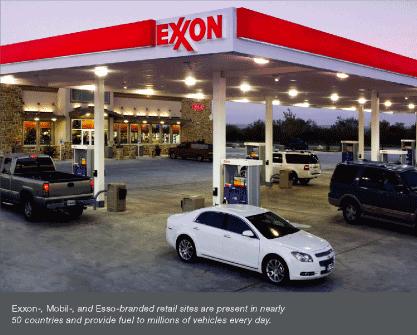
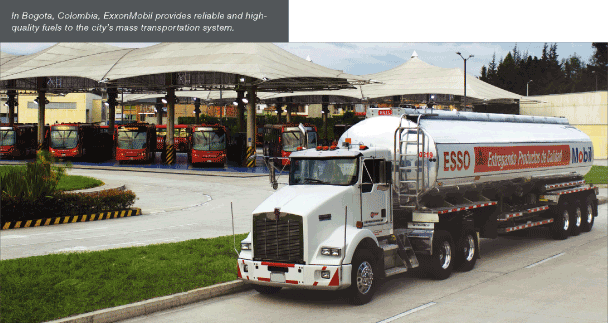
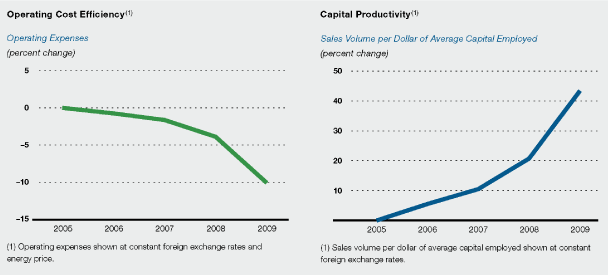
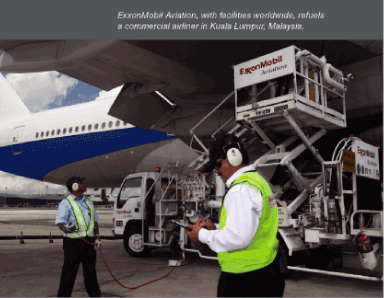


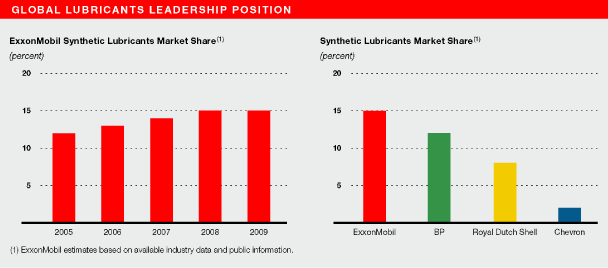


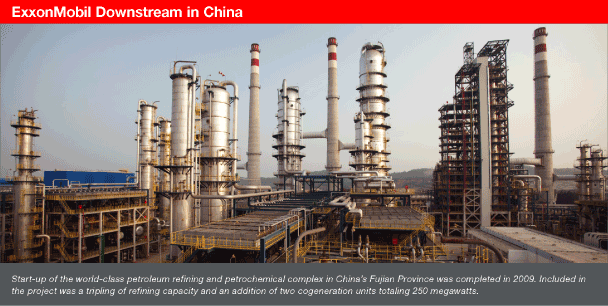

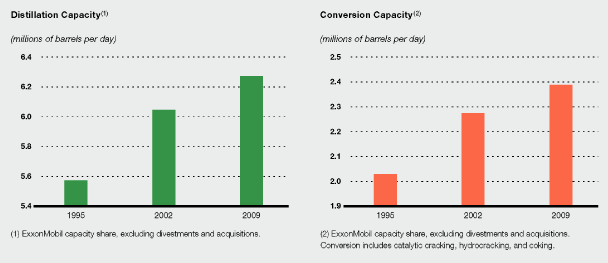


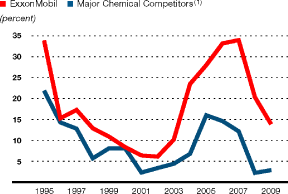

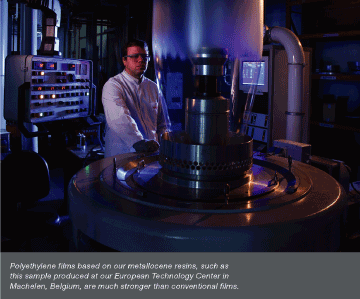
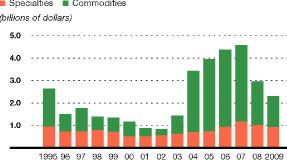
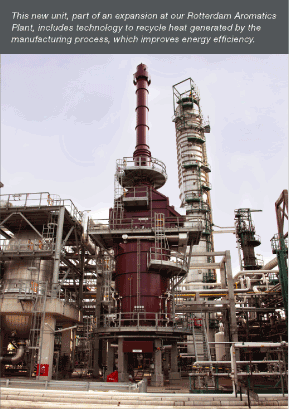
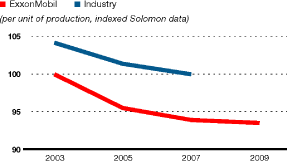
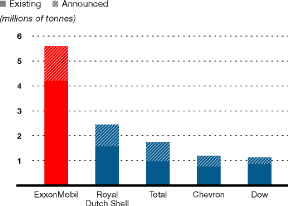


 Lower-Cost Manufacturing Processes
Lower-Cost Manufacturing Processes
